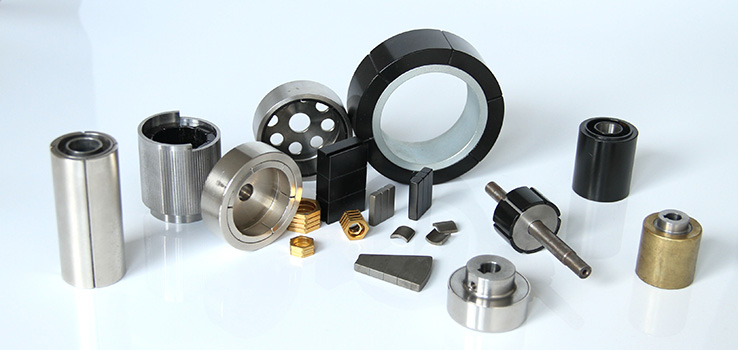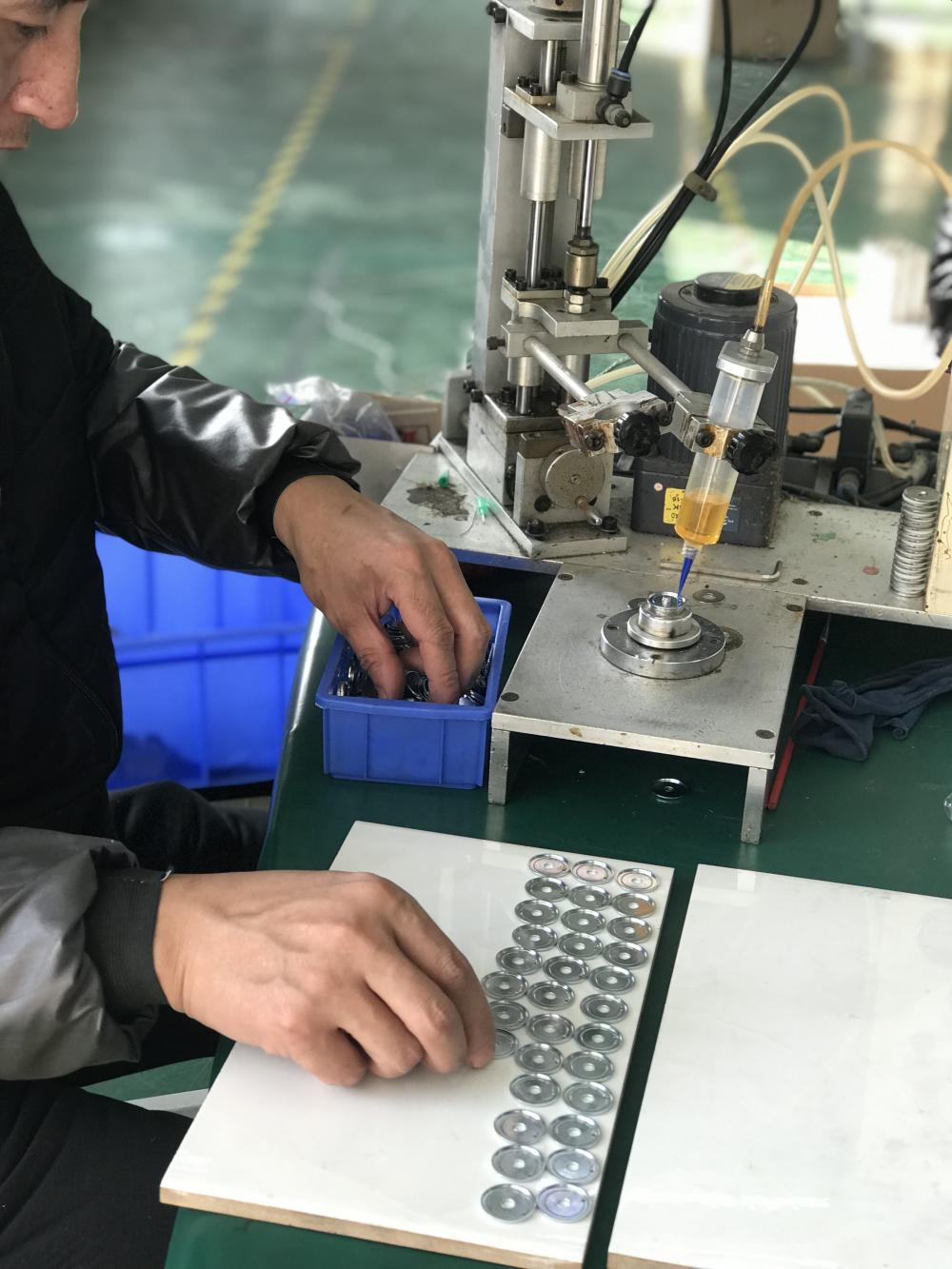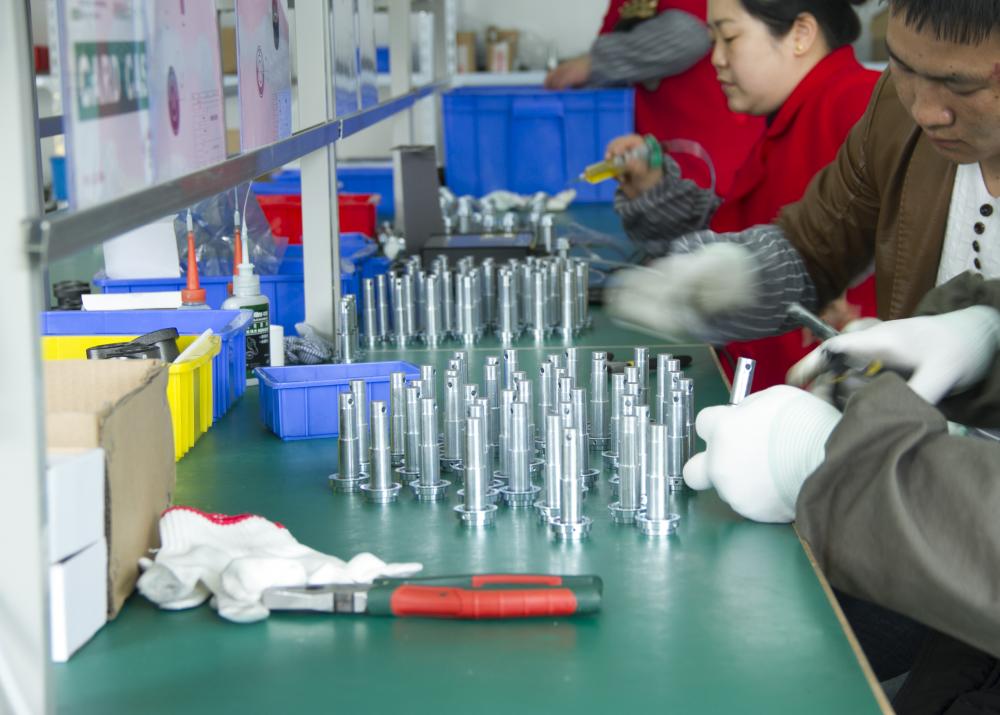Water is one of the indispensable resources for industrial production. Surface treatment and coating production are often users with relatively large water consumption. How to save water in surface treatment and coating production has been the subject of current research. For example, a foreign aluminum production joint enterprise uses 6300 tons of water per day, of which surface treatment accounts for 30%. In order to save water consumption, each factory is committed to research on water recycling and recycling. Most of the current surface treatment workshops The water is reused and recycled in different degrees. Some plants can reuse 60% of the water. Some of the treated water is discharged into the nearby river. Some of them can raise fish. After adopting new water treatment technology, The amount of new water needed is greatly reduced. For example, the surface treatment of a factory was previously l000t/d, and now it is recycled, and the new water consumption is reduced to l00t/d.
I. Neutralization and precipitation treatment
The wastewater containing alkali, acid and trace aluminum ions discharged from the washing tank is first mixed in the workshop and discharged to the integrated treatment station and the pool. The pH value is first determined. If it meets the requirements, it flows into the multi-stage sedimentation tank. If it does not meet the requirements. That is to adjust with acid and alkali. If it is slightly acidic, sodium hydroxide is used for neutralization treatment, and aluminum ions form aluminum hydroxide precipitate in a neutral pH environment. The suspended suspended liquid after neutralization is then coagulated and separated by a polymer flocculant (polyaluminum chloride or polyacrylamide), and the clarified water in the upper part can be directly discharged or utilized if it meets environmental discharge requirements. The remaining sludge is transported out after dehydration, and the process is as follows:
1) Filled with solution
(1) Wastewater storage tank is filled with waste liquid
(2) Injecting waste liquid into the neutralization tank
(3) Injecting water into the flocculation tank, the concentrator, and the overflow port of the discharge tank.
(4) Dissolve and stir the flocculant in water, and do not stir for more than 5 hours.
(5) Injecting water into one-half of the neutralization tank, and injecting the same amount of 25% alkali solution, and stirring.
(6) Inject the waste acid solution into the neutralization acid tank.
2) Neutralization treatment
The waste liquid contains more sulfuric acid and needs to be neutralized with NaOH. The reaction is as follows:
The pH should be controlled within the range of 7 ± 0.5 during neutralization.
3) flocculation and sedimentation
The neutralized waste liquid is injected into the agglutination tank, and a flocculant is added while stirring. The flocculant is a polymer organic compound, generally using polyacrylamide, and its molecular weight is about 10 million.
The addition of flocculant causes the suspended Al(OH)4 to flocculate, and then is injected into the sedimentation tank and precipitates while stirring, thereby separating the sediment from the water, and the clean water overflows from the sedimentation tank to the discharge tank, and then discharges. To the outside.
The amount of flocculant injected is calculated as follows:
Q2=0.7Q1T
Where Q1 - flocculant injection amount / L · h-1;
Q2——the amount of mud extracted/L·min-1;
T - agglutination time / min.
4) Separation
The mud in the sedimentation tank is pumped out and sent to a filter press or a dehydrator for dehydration treatment. The moisture content of the dehydrated sludge is as high as 85%-90%, and its main component is Al(OH)3·18H2O.
The composition (%) contained in the sludge is roughly as follows:
Second, the treatment of fluorine-containing wastewater
When using aluminum bifluoride to carry out the aluminum surface treatment process, the generated sewage contains fluorine ions, so the user should comprehensively treat the fluoride ions in the sewage treatment, as shown in Fig. 5-6-5.
1) Wastewater treatment process
(1) The acidic sewage is discharged into the neutralization tank, and the pH is adjusted to 3-4 with NaOH, and then adjusted to pH 7-8 with Ca0.
(2) Pumped to a high sedimentation tank and added a polyacrylamide dilution (containing 20-30 g/m3 polyacrylamide).
(3) The sediment at the bottom of the sedimentation tank is separated by slag water through a filter press, the slag is bagged, and the water flows into the neutralization tank.
(4) Users can also comprehensively process according to the enterprise pollution control standards and meet the relevant national sewage discharge standards.
2) Example of process specification
(1) Uniformly concentrate the fluorine-containing wastewater into the special neutralization tank to measure the fluorine content of the fluorine-containing wastewater discharged from the workshop, and use the data to calculate the next operation.
(2) Pre-fabricated lime with tap water, according to the standard fluorine-containing wastewater plus lime 5-2kg/m3, after the lime is turned on, start the lime mixer, the fluorine-containing wastewater is stirred into the neutralization tank through the lime mixing tank, and the air pump is adjusted or adjusted. Air valve, open air and stir.
(3) The storage tank should be prepared with a quantitative hydrochloric acid solution and a quantitative waste alkali solution.
(4) The polyacrylamide was previously diluted in a stirred tank and stirred until use.
(5) When the neutralization tank is basically full of water, the stirred basic aluminum chloride should be added to the collecting tank, and hydrochloric acid should be added to adjust the pH to 7-8.5, and then the gas is stirred and stirred.
(6) Adjusting the pH value After standing for 10 minutes, the pump starts to agglomerate and separate the high-level sedimentation tank, and at the same time, pump the polyacrylamide dilution solution (or directly pump the sewage into the filter press to treat the residue).
(7) When the condensate of the sedimentation tank increases, it is necessary to discharge the slag to the reserve slag pool in time, strictly prevent the discharge of sediment from the countercurrent discharge, and strictly control the discharge of water quality to the standard.
(8) Start the filter press slag, when the slag water is found to have turbid water flowing out, it is necessary to treat or replace the filter cloth in time, the clear slag water can be directly discharged, and the turbid water of the slag must be treated by the secondary reflux tank. Unqualified water is not allowed to discharge outflow. 
Editor in charge: Wang Zhen

Magnet Assembly is made by magnet plus metal, or magnet plus plastic material design. We can do OEM and ODM for you.


Magnetic Assembly,Magnetic Hook Assembly,Neodymium Magnetic Assembly,Magnetic Pot Assembly
Chongqing Great Well Magnet Co.,ltd. , https://www.gwmagnet.com